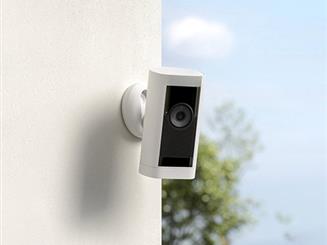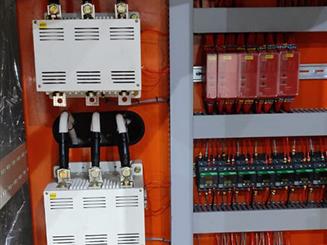Advanced Low-Power Short-Range Millimeter-Wave Radar Module: Features and Applications
The low-power, short-range millimeter-wave radar module is an advanced sensor technology primarily used for detecting and measuring the distance, speed, and angle of objects. Operating in the 30 GHz to 300 GHz frequency band, millimeter-wave radar offers high resolution and penetration capabilities, making it particularly suitable for precise short-range detection.
Here are some key features and applications of the low-power, short-range millimeter-wave radar module:
Key Features
- Low Power Consumption: Optimized design to reduce energy consumption, suitable for battery-powered devices.
- Short-Range Measurement: Typically used for detection within a few meters to several tens of meters.
- High Resolution: Due to the shorter wavelength of millimeter waves, it can achieve high-precision distance and speed measurements.
- All-Weather Operation: Unaffected by light and weather conditions, it can operate stably in various environments.
- Miniaturization: Modular design, easy to integrate into various devices.
Application Fields
- Automotive Industry: Used for blind spot detection, parking assistance, and adaptive cruise control.
- Industrial Automation: Used for robot navigation, object recognition, and distance measurement.
- Smart Home: Used for intrusion detection, personnel tracking, and indoor positioning.
- Medical Health: Used for monitoring vital signs such as breathing and heartbeat detection.
- Consumer Electronics: Used for gesture recognition in smartphones and tablets.
Technical Principle Millimeter-wave radar detects objects by emitting millimeter-wave signals and receiving the signals reflected back from the target object. By analyzing information such as the time delay and frequency shift of the echo signals, it can calculate the distance, speed, and angle of the target object.
Selection and Integration When selecting a millimeter-wave radar module, the following factors need to be considered:
- Operating Frequency Band: Choose the frequency band suitable for specific applications.
- Detection Range: Select an appropriate detection distance based on application requirements.
- Power Consumption Requirements: Ensure that the module's power consumption meets the device's power design.
- Interface and Protocols: Ensure compatibility of the module with other system components.
In summary, the low-power, short-range millimeter-wave radar module has a broad application prospect in modern technology and is an important means for achieving intelligence and automation.

Transform Your Smart Security and Doorbell Solutions with Our Advanced Millimeter-Wave Radar Module
We are excited to introduce our latest innovation in smart technology – the Low Power Short Range Millimeter-Wave Radar Module, designed to revolutionize your smart security and doorbell solutions.
Read More
12KV Vacuum Contactor with Vacuum Circuit Breaker Integrated - Frequent Switching under Higher Breaking Capacity 31.5kA
12KV 630A to 1250A 31.5KA Vacuum Contactor + Vacuum Circuit Breaker, frequently switching under high breaking capacity
Read More
1.14 kV Vacuum Contactors: Enhancing Safety and Efficiency in Low-Voltage Switching for Industry Application.
1.14 kV vacuum contactor is a specialized type of contactor that uses vacuum interrupters to switch electrical circuits at high voltages. Vacuum contactors are widely used in various industrial applications due to their reliability, safety, and efficiency.
Read More
Exploring the Smartguard Solid State Relay: A Game-Changer for Industrial Automation
Is the Intelligent SSR Right for You? Diagnostics, RS485, Modbus communication, Intelligent detection SSR, LED display.
Read More













